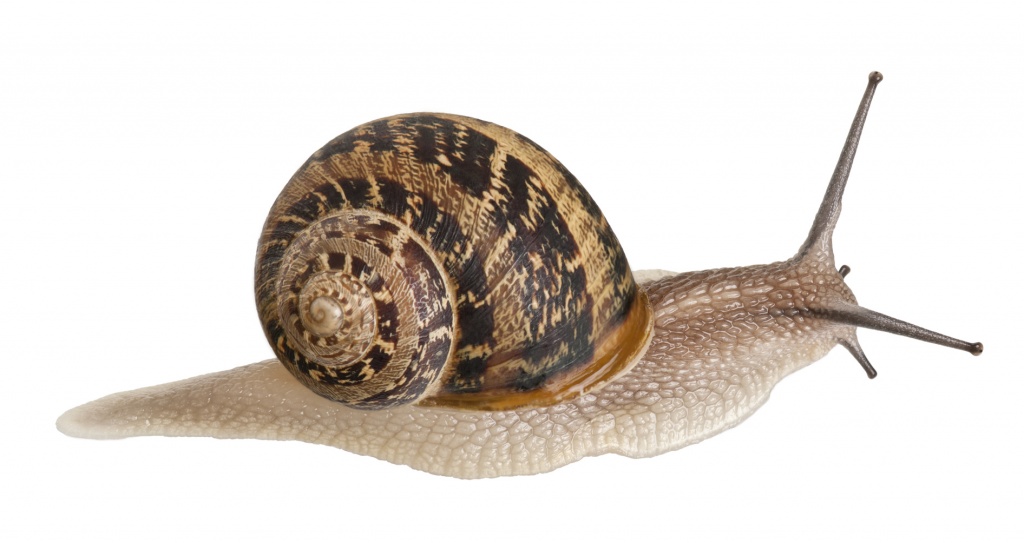21 March 2016 Plants for edible snails Helix Aspersa Muller and Maxima
What should we plant and sow in the field intended for snail farming? The biggest mistake is to sow grass in the field. Dense grass is even harmful to edible snails. Of course, if it grows during the season, we will not exterminate it by any means, but we should try and plant and sow […]













